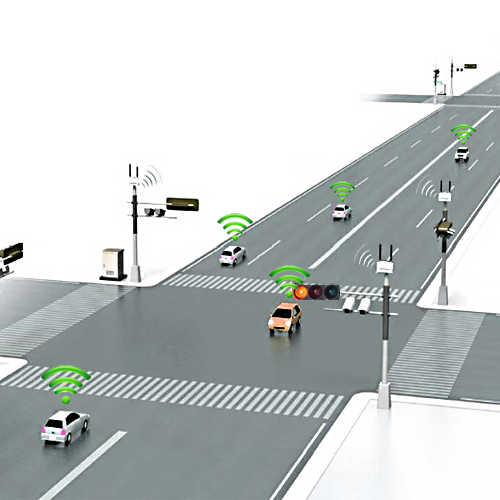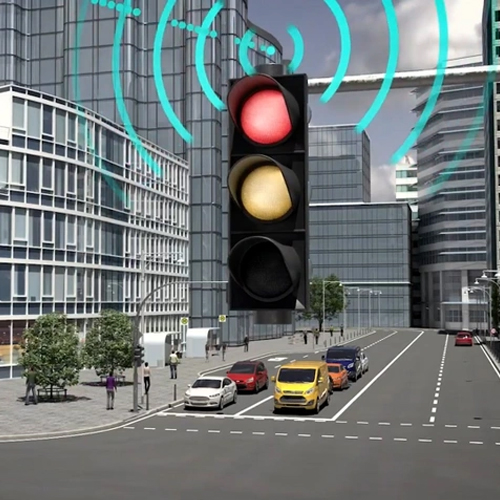In today’s rapidly evolving technological environment, the Internet of Things (IoT) has revolutionized the way we interact with our surroundings. From our homes to our cities, IoT-enabled devices create seamless connectivity and increase efficiency. An important aspect of IoT in smart cities is the implementation of traffic light systems. In this blog, we’ll take a closer look at what a traffic light system in the Internet of Things is and explore its importance in shaping our future.
What is a traffic light system in IoT?
The traffic light system in the Internet of Things refers to the intelligent management and control of traffic signals through the integration of Internet of Things technology. Traditionally, traffic lights operate on scheduled timers or are manually controlled. With the advent of the Internet of Things, traffic lights can now be interconnected and dynamically adjust their operation based on real-time data, making them an integral part of smart cities.
How does it work?
IoT-enabled traffic lights collect data from a variety of sensors and devices, such as cameras, radar detectors, and vehicle-to-infrastructure communication systems. This data is then processed and analyzed in real-time, allowing the traffic light system to make informed decisions and adjust to current traffic conditions.
The traffic light system closely monitors parameters such as traffic volume, vehicle speed, and pedestrian activity. Using this data, the system optimizes traffic flow and reduces congestion by dynamically adjusting signal timing. It can prioritize emergency vehicles, provide green waves for public transport, and even provide pedestrian-centric synchronization, ensuring efficient and safe travel for all road users.
Significance in smart cities:
Efficient traffic management is the basis for building smart cities. Integrating IoT technology into traffic light systems has several significant advantages:
1. Improve traffic flow:
By making decisions based on real-time traffic conditions, IoT traffic lights can optimize signal timing, reduce congestion, and shorten overall travel times for commuters.
2. Reduce environmental impact:
Optimized traffic flow helps reduce fuel consumption and air pollution, in line with the sustainable development goals of smart cities.
3. Enhanced safety:
IoT sensors can detect potential accidents or breaches and immediately notify emergency services or trigger appropriate signals to avoid disaster. It also helps implement traffic calming measures near schools or residential areas.
4. Data-driven decision-making:
Traffic light systems in IoT generate valuable data that can be analyzed to gain insights into traffic patterns, peak hours, and areas prone to congestion. This data can help city planners make informed decisions about infrastructure development and enhance overall transportation systems.
Challenges and future prospects:
As with any technology, there are challenges in implementing an IoT-enabled traffic light system. Issues such as data privacy, cybersecurity, and the need for robust connectivity infrastructure must be addressed to ensure system integrity and reliability.
Looking to the future, traffic light systems in the Internet of Things will continue to evolve with technological advancements, and the emergence of 5G networks and edge computing will further enhance their capabilities. The integration of artificial intelligence and machine learning algorithms will enable traffic lights to make smarter decisions, enabling seamless traffic management in smart cities.
In conclusion
Traffic light systems in the Internet of Things represent an important aspect of creating efficient and sustainable smart cities. By harnessing the power of real-time data, these systems can optimize traffic flow, reduce congestion, and improve safety for all road users. As technology continues to advance, there is no doubt that IoT-enabled traffic light systems will play an important role in shaping the future of urban transportation.
Qixiang has traffic light system for sale, if you are interested in it, welcome to contact us to read more.
Post time: Sep-19-2023








